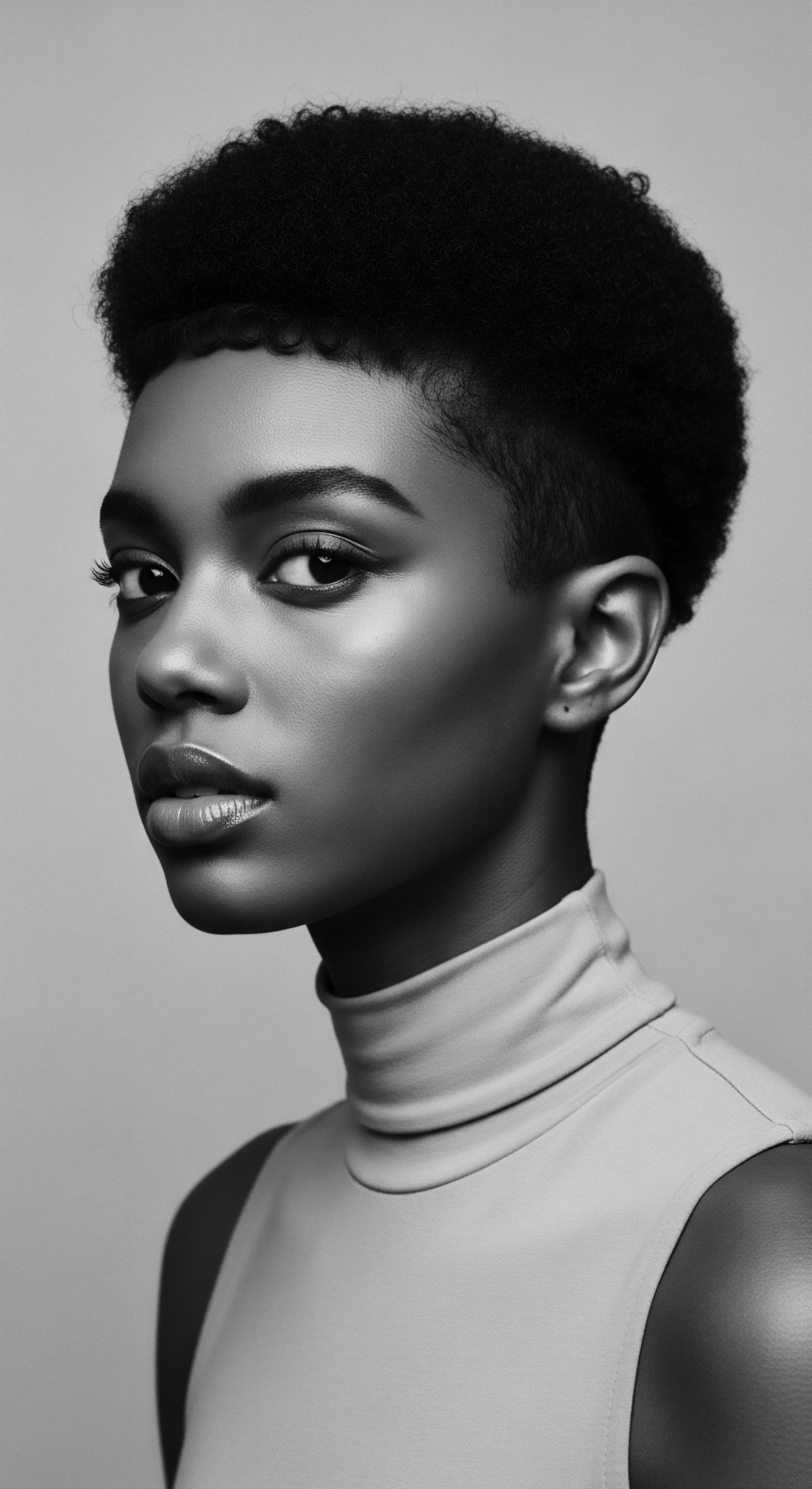
Roots
Consider, for a moment, the whisper of ancient hands tending to strands, the echo of ancestral rhythms in the very act of care. For those whose lineage traces through the intricate coils and resilient waves of textured hair, every fiber carries a memory, a story of survival, artistry, and self-definition. It is a living archive, this crown of ours, rich with the wisdom passed down through generations.
To approach the question of what ancient Roman hair dye ingredients potentially harmed textured hair is not merely to dissect history or chemistry. It is to place a tender hand upon a distant past, to listen to the silent suffering of hair that, through its inherent design, would have met these harsh treatments with particular vulnerability.
Across the sun-drenched landscapes of the Roman Empire, a certain zeal for personal adornment took hold. Hair, always a powerful statement, became a canvas. Romans sought to alter their natural hues, desiring shades of black, red, or the coveted blonde.
Yet, the palette available to them was stark, drawn from materials that offered chromatic transformation at a steep cost to the very vitality of the hair itself. Our journey begins by unearthing these rudimentary, often perilous, concoctions, understanding their elemental composition before we consider their interaction with the distinct biology of textured hair.
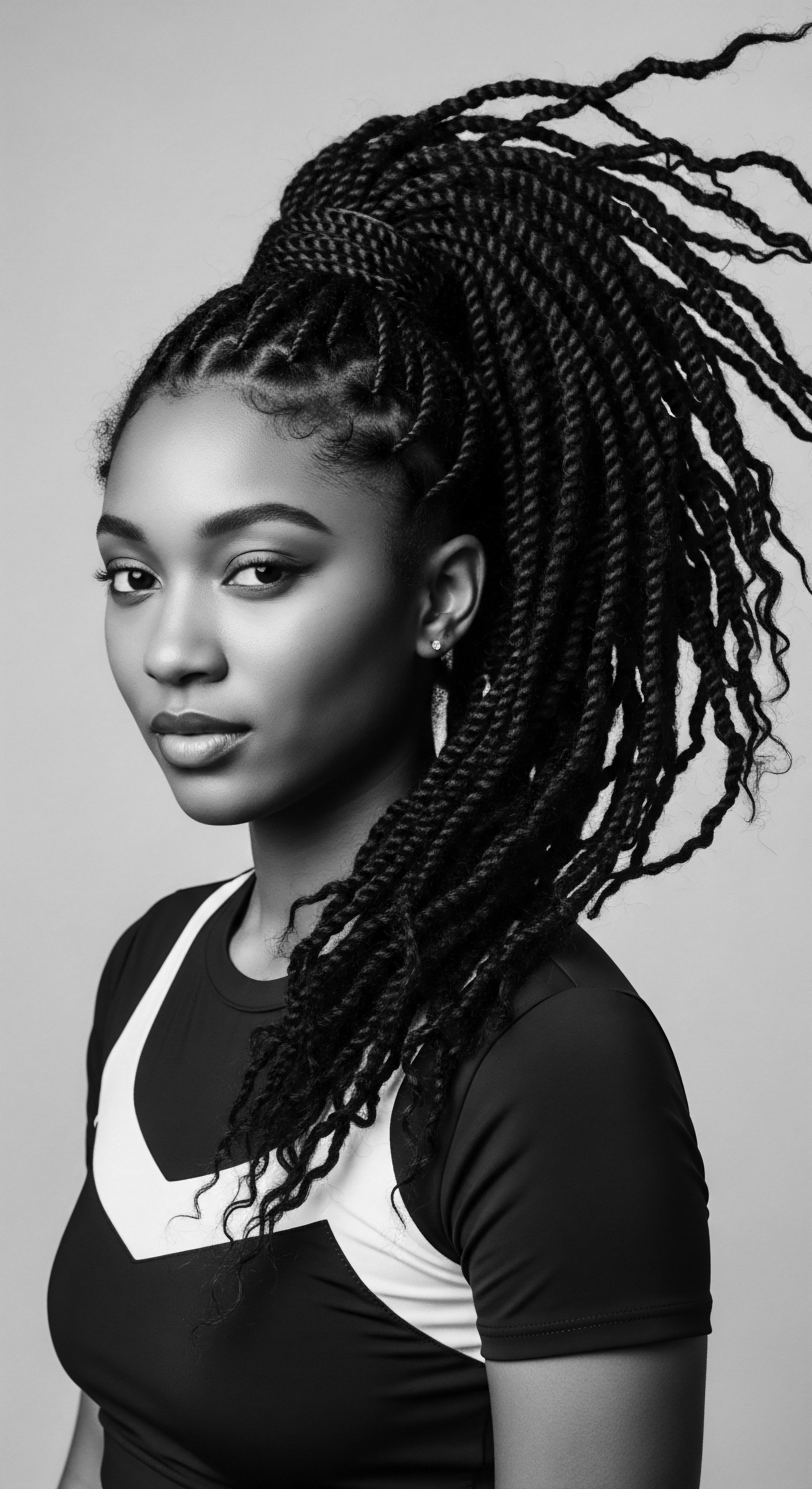
The Chemistry of Ancient Roman Hair Color
The Roman pursuit of altered hair color led to the employment of ingredients far removed from the gentle plant extracts often favored in ancestral hair traditions elsewhere. For deep, dark tones, compounds derived from lead were commonplace. One significant preparation involved combining Lead Oxide with Slaked Lime, forming a paste.
When this mixture interacted with the sulfur within hair’s keratin, it created lead sulfide nanocrystals, which imparted a black color. This metallic compound, while effective in coloring, introduced a heavy metal into direct contact with the scalp and hair shaft.
To achieve lighter shades, particularly the fashionable blonde that mimicked the appearance of northern peoples, Roman cosmetic practice turned to highly alkaline substances. Wood Ash, when steeped in water, yielded a lye solution, a potent alkali. Other lightening agents included Quicklime and Natron. These alkaline compounds were designed to strip the hair’s natural pigment.
The intention was to open the hair cuticle, allowing for the removal of melanin or the deposition of other, lighter pigments like saffron or turmeric. The sheer chemical aggression of these agents is difficult to overstate.
Ancient Roman hair dyes, particularly lead-based darkeners and alkaline lighteners, represent a stark departure from the gentle, nourishing traditions common in textured hair care across history.

Textured Hair Anatomy ❉ A Vulnerable Canvas
The unique architecture of textured hair renders it inherently different from straight hair, a truth that ancestral hair practices recognized implicitly through generations of mindful care. Unlike the round or oval cross-section of straight hair, textured strands often possess an Elliptical or Flattened Cross-Section. This shape, combined with the multiple twists and turns along the hair shaft, means that the cuticle layers – the protective outer scales – do not lie as flat as they do on straight hair. This creates more points of vulnerability.
- Cuticle Integrity ❉ The overlapping cuticle cells, while forming a protective barrier, are lifted more at the curves of a textured strand. This inherent characteristic makes textured hair more susceptible to external damage.
- Moisture Retention ❉ The lifted cuticle also contributes to a greater propensity for moisture loss in textured hair, making it naturally drier than straight hair. Harsh chemicals exacerbate this dryness.
- Mechanical Fragility ❉ The twists and turns in textured hair create natural stress points along the fiber. Chemical alterations, especially those that weaken the protein structure, amplify this fragility, making the hair more prone to breakage.
Understanding these fundamental biological differences is crucial when considering the potential harm of Roman dyes. A hair type already predisposed to dryness and mechanical stress would face a formidable challenge when exposed to the corrosive and denaturing effects of lead compounds and strong alkaline solutions. The Roman quest for aesthetic alteration, uninformed by an understanding of diverse hair morphologies, likely imposed severe consequences on any hair that bore the beautiful, complex patterns of texture.
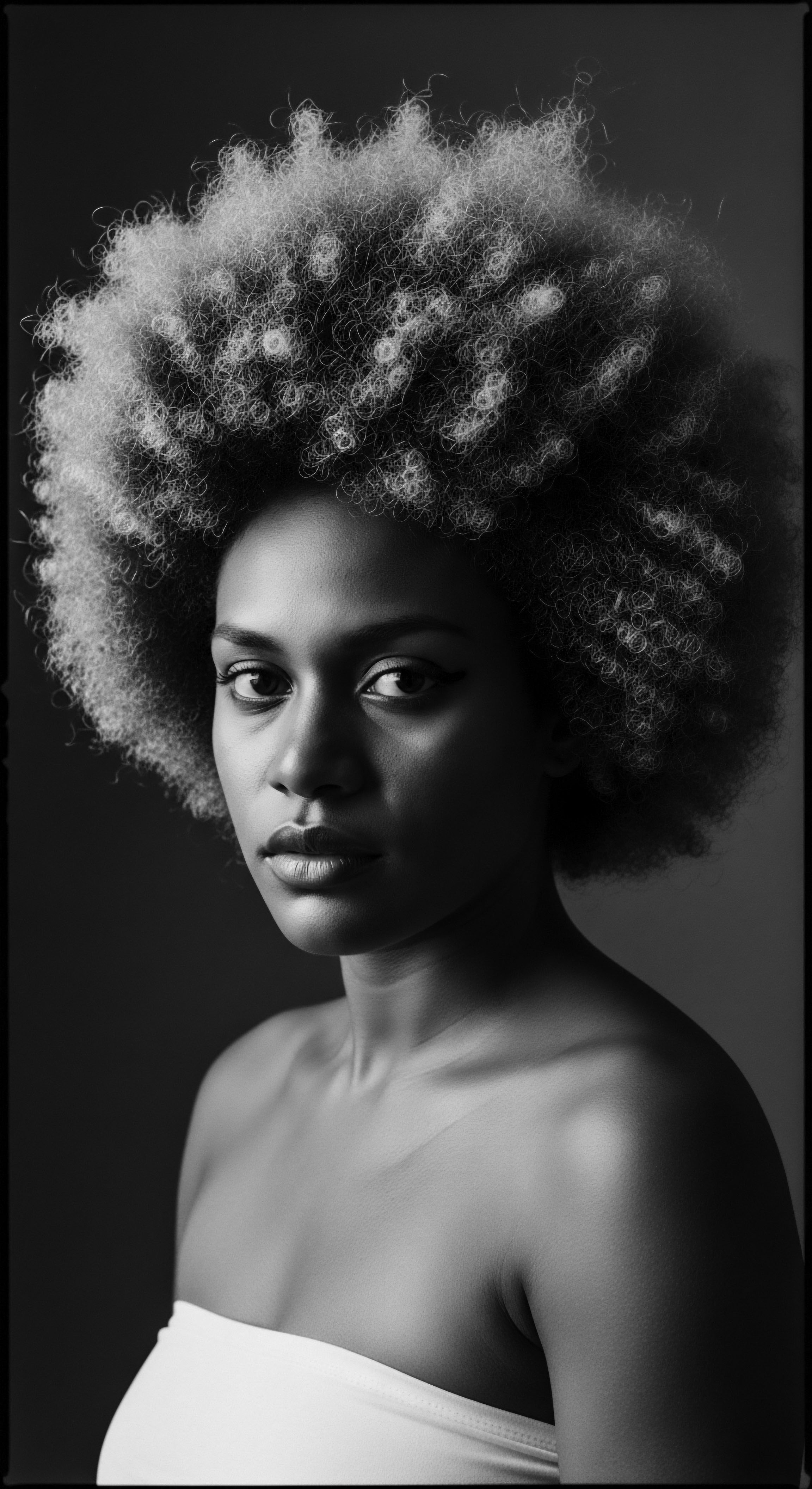
Ritual
The application of hair dye in ancient Rome was far from a quick, modern affair. It was often a ritual, a painstaking process, sometimes stretching over hours or even days, often involving exposure to the sun to intensify the chemical reactions. For those with textured hair, this sustained exposure to caustic substances would have represented a profound assault on the very integrity of the strand, a harsh departure from the tender, protective rituals that define textured hair heritage.
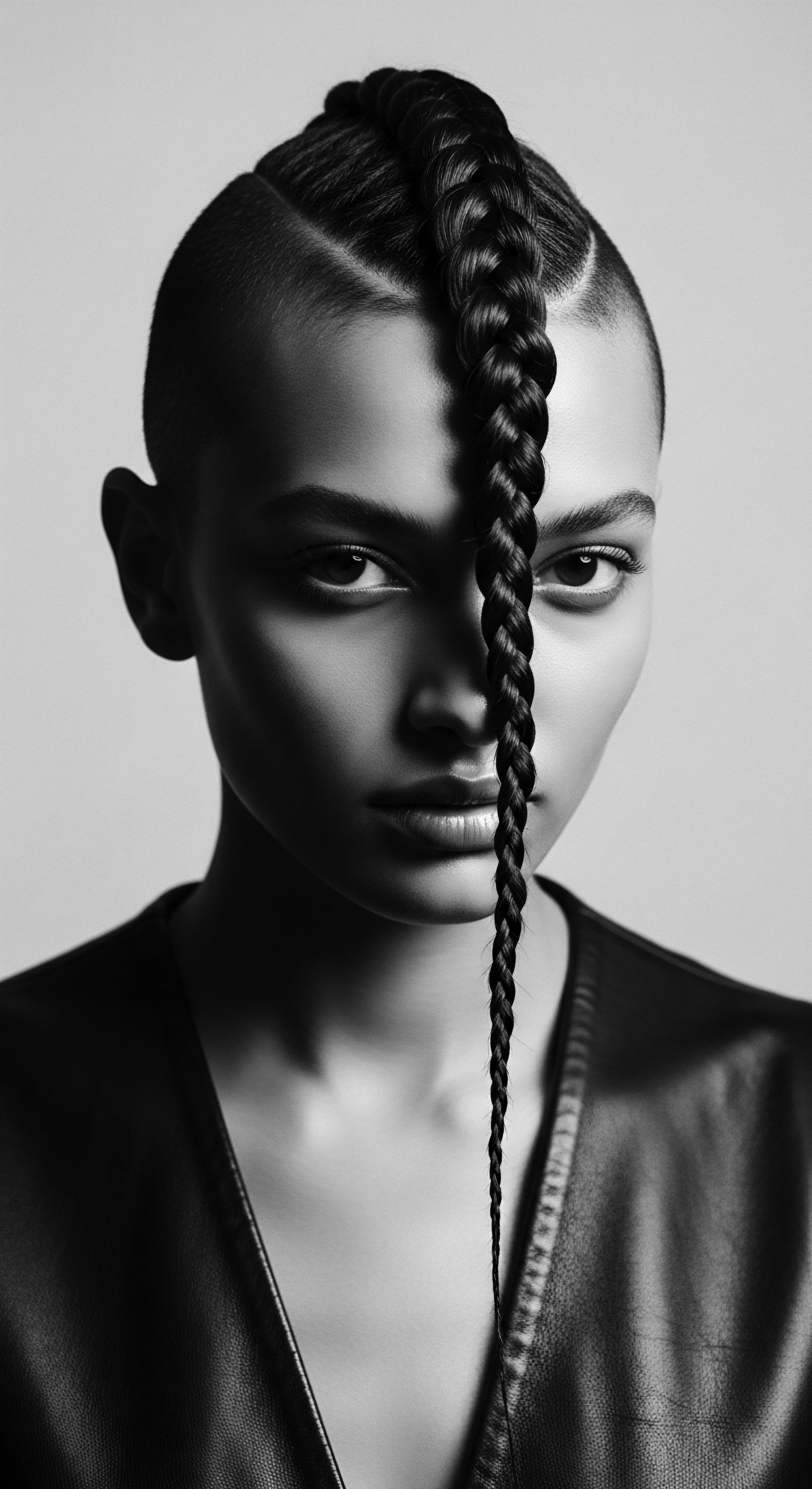
How Roman Dyes Attacked Textured Hair
The primary culprits in the Roman dye palette were compounds of lead and highly alkaline agents. These ingredients operated through distinct, yet equally damaging, mechanisms. Lead Compounds, such as lead oxide, interacted with the sulfur within the hair’s keratin protein. This reaction formed lead sulfide, a black pigment.
While this process did color the hair, the chronic exposure to lead could lead to accumulation within the hair shaft and scalp. Lead is a systemic toxin; its absorption through the skin can have profound health ramifications, leading to symptoms of lead poisoning. For the hair itself, lead can cause a stiffening and brittleness, fundamentally altering the protein matrix and compromising elasticity.
The alkaline agents, including Wood Ash Lye and Quicklime, functioned as powerful denaturing agents. Hair’s natural pH is acidic, around 4.5 to 5.5. When exposed to highly alkaline solutions (with pH values often soaring to 12 or higher), the hair cuticle, which is designed to lie flat, is forced open aggressively. This stripping action allows the natural melanin to be bleached out, but it comes at a grave cost.
The hair’s protein structure, primarily keratin, begins to break down. The disulfide bonds, which give hair its strength and shape, are severely weakened.
For textured hair, with its naturally more open cuticle and intrinsic dryness, the impact of these alkaline agents would have been exponentially damaging. The lifted cuticles, already less tightly bound due to the hair’s helical structure, would have been thrown wide open, allowing for rapid moisture depletion and a direct attack on the hair’s internal cortex. This would have resulted in extreme dryness, increased frizz, and a significant loss of tensile strength, making the hair incredibly fragile and prone to breakage even with gentle manipulation.
The very chemistry of Roman dyes, especially their high alkalinity, would have aggressively compromised the protective outer layers of textured hair, accelerating damage.

Historical Echoes ❉ A Heritage of Hair Resilience
Consider the practices that have sustained textured hair through centuries in African and diasporic communities. These traditions, steeped in ancestral wisdom, prioritized nourishment, protection, and respect for the hair’s natural state. Practices involved gentle cleansing with natural soaps or clays, followed by generous application of oils and butters like shea, cocoa, or palm oil.
Styles centered around protective braiding, twisting, and coiling that minimized manipulation and shielded the hair from environmental stressors. These were rituals designed to promote health and longevity, acknowledging the hair’s need for moisture and its inherent fragility if mistreated.
The contrast with Roman dyeing methods could not be more stark. While ancient African and many Indigenous practices often used plant-based colorants like henna or indigo, which coat the hair rather than stripping it, Roman formulations sought a more aggressive, chemical transformation. This difference is not just about ingredients; it represents a fundamental divergence in philosophy concerning hair care. One respects the hair’s living nature; the other subjugates it to a fleeting aesthetic ideal, indifferent to the enduring harm inflicted.
Indeed, the inherent structure of textured hair means it possesses a higher propensity for breakage when subjected to chemical treatments that alter its protein structure or excessively open its cuticle. A study reviewing damage in Afro-textured hair notes its unique morphology, stating that “Tight Curls, in Combination with the Unbending, Untwisting and Stretching Dynamics of Brushing and Combing, is Likely to Create Internal Shear Forces That Lead to Crack Formation” within the hair shaft. (Reese, 2020) This intrinsic fragility would have been severely exacerbated by the caustic Roman dyes, leading to widespread damage, thinning, and hair loss for those with textured strands.
While Roman texts do not explicitly detail the hair types of all who used these dyes, it is clear from historical accounts of Roman expansion and slave trade that diverse populations, including those with textured hair, would have been present and subject to such beauty practices. The consequences, though unrecorded in specific terms for textured hair, would have been profound and deeply detrimental.
| Aspect of Care Primary Chemical Agents |
| Ancient Roman Dyeing Lead compounds, wood ash lye, quicklime (harsh alkalis) |
| Ancestral Textured Hair Practices Henna, indigo, plant extracts, clays (often gentler, natural) |
| Aspect of Care Impact on Hair Cuticle |
| Ancient Roman Dyeing Aggressively lifted, denatured, porous |
| Ancestral Textured Hair Practices Preserved, smoothed, protected |
| Aspect of Care Effect on Hair Protein (Keratin) |
| Ancient Roman Dyeing Weakened disulfide bonds, increased brittleness |
| Ancestral Textured Hair Practices Maintained strength, elasticity, and integrity |
| Aspect of Care Goal of Practice |
| Ancient Roman Dyeing Radical color transformation, aesthetic conformity |
| Ancestral Textured Hair Practices Hair health, protection, identity, spiritual connection |
| Aspect of Care The fundamental difference lies in a forced alteration versus a respectful cultivation, each leaving a distinct legacy on hair and its well-being. |

Relay
The narrative of Roman hair dyeing is more than a mere historical footnote; it serves as a potent reminder of the historical interplay between societal pressures, beauty ideals, and the very real physical consequences for those who conformed. For textured hair, this ancient epoch offers lessons that echo into our present, illuminating the ongoing journey of reclaiming ancestral care and resisting practices that diminish our inherent beauty.

Beyond the Surface ❉ The Deepened Harm
The harm inflicted by Roman hair dye ingredients extended beyond mere aesthetic dissatisfaction. The prolonged exposure to Alkaline Solutions (like those derived from wood ash) would have continuously swelled the hair shaft, disrupting its delicate internal structure and making it exceedingly susceptible to mechanical stress. For textured hair, which already possesses a higher risk of breakage due to its natural curl pattern and elliptical shape, this increased fragility would have been devastating. Every comb stroke, every manipulation, would have presented a heightened risk of snapping strands that had been chemically compromised.
This aligns with scientific understandings today ❉ “Alkaline pH may increase the negative electrical net charge of the hair fiber surface and, therefore, increase friction between the fibers. This may lead to cuticle damage and fiber breakage.”
The presence of Lead, even in seemingly small quantities, presents a grave concern. While ancient Romans may not have understood the systemic toxicity of lead, its effects are now well-documented. Beyond local irritation and potential hair loss, chronic lead exposure can lead to systemic poisoning. While the quantities absorbed directly through the scalp from hair dye might not have been acutely fatal in most cosmetic applications, consistent, long-term use could have contributed to broader health issues, a silent cost for a particular shade.
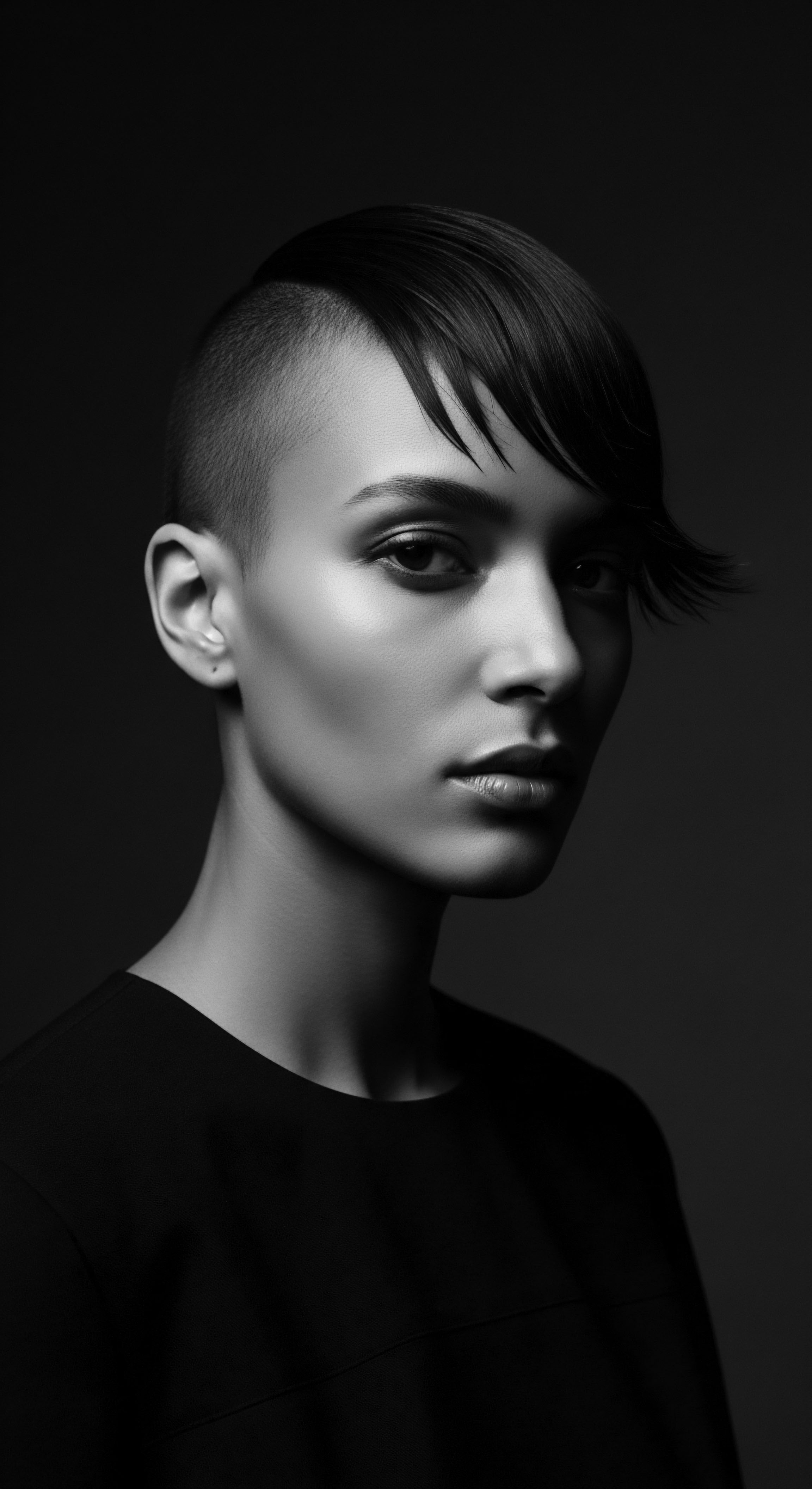
What Historical Evidence Reveals About Hair Distress?
Ancient texts, such as those from Pliny the Elder and Ovid, mention hair dyeing practices and occasionally hint at their adverse effects, speaking of dyes that “burnt the scalp” or caused hair to “weaken” and “fall out.” While these accounts do not specifically differentiate between hair types, the general descriptions of hair distress are consistent with the chemical damage wrought by the ingredients used. For individuals with textured hair, already navigating its unique structural needs, these side effects would have been amplified. The lack of culturally informed, protective hair care tools and practices within Roman society, in stark contrast to many African and Indigenous traditions, would have left textured hair profoundly exposed. Roman tools like curling rods (calamistra) and rudimentary combs, while functional for some hair types, would have struggled with chemically weakened textured coils, worsening mechanical damage.
The historical narrative often overlooks the experiences of non-Roman populations, including enslaved individuals brought into the empire. Many of these individuals would have possessed textured hair, and societal pressures, including demands for conformity to Roman beauty standards, could have compelled them to engage with these damaging dyeing practices. The implications extend to ancestral practices; forced assimilation often meant the abandonment of traditional hair care, stripping individuals of their cultural means of protecting and maintaining their hair. This historical erasure of Black and mixed-race hair experiences within Roman cosmetic discourse underscores the importance of a heritage-focused lens today.
- Forced Assimilation and Hair ❉ The Roman Empire was a melting pot, absorbing people from diverse regions. For enslaved individuals, maintaining traditional hair practices could have been a challenge, with pressure to conform to dominant Roman aesthetics, including hair color.
- Loss of Traditional Knowledge ❉ When ancestral hair traditions were disrupted, the sophisticated understanding of textured hair care, passed down orally and through practice, could have been lost or suppressed, leaving individuals more vulnerable to damaging foreign practices.
- Resilience in Resistance ❉ Despite such pressures, a spirit of resilience often persisted, with individuals finding clandestine ways to maintain aspects of their hair heritage, adapting traditional methods or carrying forward knowledge for future generations.

Modern Echoes and Ancestral Wisdom
The shadows of ancient Rome’s hair dyeing practices remind us of the enduring quest for beauty, but also of the perils when that pursuit disregards the inherent biology of hair and the wisdom of care. Our contemporary understanding of textured hair, validated by science and enriched by generations of ancestral knowledge, underscores why such historical remedies would have been particularly detrimental.
Today, the conversation around textured hair care is one of reclamation and celebration. We recognize the importance of respecting the hair’s natural curl pattern, porosity, and moisture needs. The awareness of ingredients, their chemical behavior, and their impact on hair structure is paramount.
This consciousness, rooted in a heritage that prioritized gentle, protective, and nourishing care, stands as a testament to the enduring wisdom of our ancestors, a wisdom that would have recoiled from the very substances Romans applied to their hair. The historical record, through this lens, offers not just a glimpse into the past, but a guiding light for future practices, affirming that true radiance stems from respect for heritage and holistic well-being.
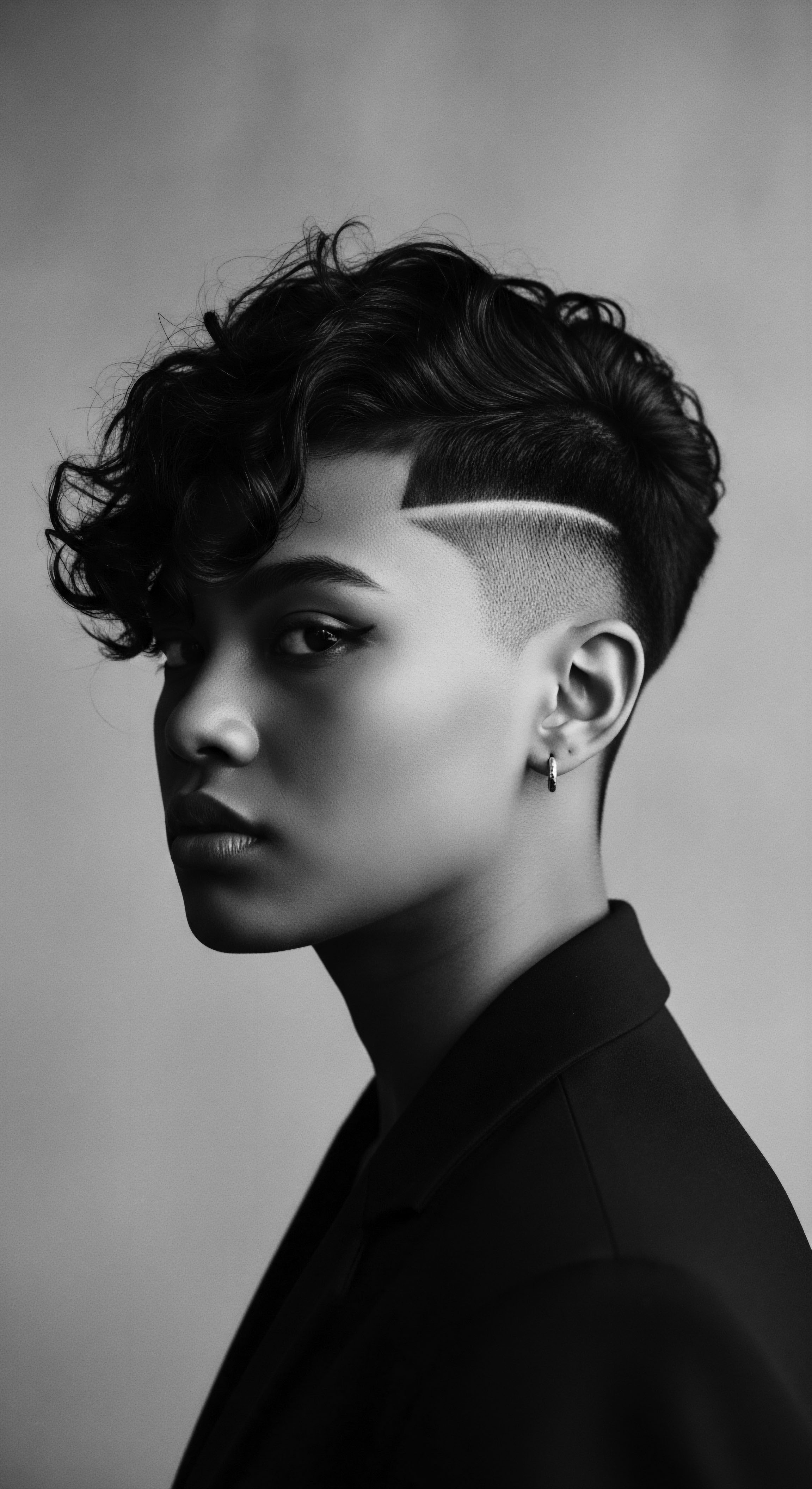
Reflection
The story of ancient Roman hair dyes, viewed through the lens of textured hair heritage, is a profound meditation on the enduring relationship between appearance, power, and well-being. It is a story whispered through the very helix of our strands, reminding us that hair is never merely a collection of fibers. It holds memory, carries identity, and acts as a silent witness to history’s triumphs and trials. The caustic agents of lead and lye, once employed in the name of Roman aesthetics, stand as stark reminders of practices that severed the hair from its inherent vitality, particularly for those whose coils carried an ancestral blueprint of unique needs.
Yet, from the distant echoes of that past, a vibrant understanding emerges. The resilience of textured hair, its capacity to endure, adapt, and reclaim its glory, speaks volumes. The ancestral wisdom, with its deep respect for natural oils, protective styling, and nurturing rituals, shines as a beacon across millennia. This inherited knowledge, often preserved despite attempts at erasure, becomes our guide in navigating modern beauty landscapes.
Each strand of textured hair holds a lineage, a testament to care and community passed down, affirming that true beauty arises not from imposition, but from profound reverence for one’s inherent nature. We are, in our very being, a living library of hair.
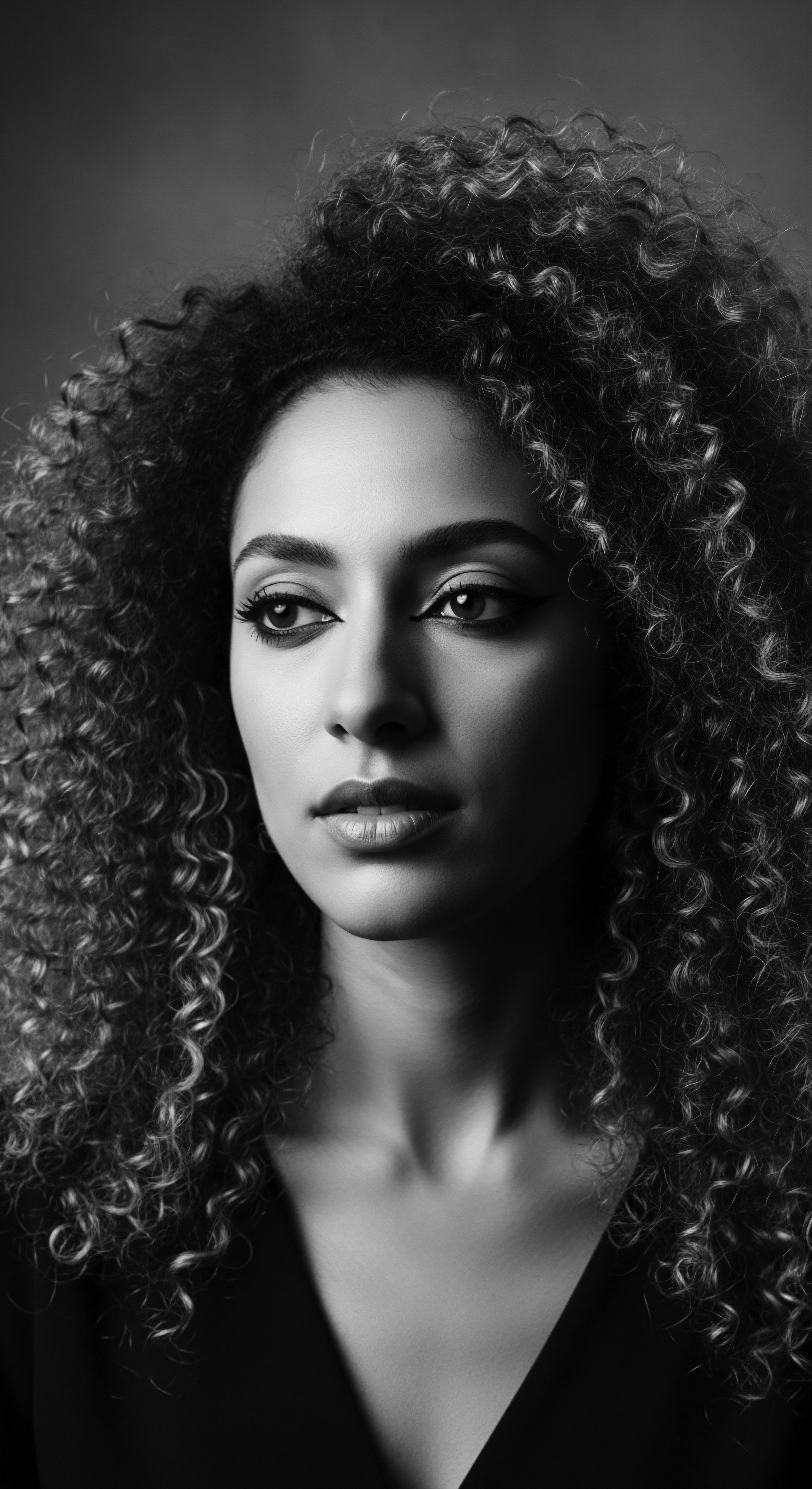
References
- Reese, M. (2020). Defying Damage ❉ Understanding Breakage in Afro-textured Hair. Cosmetics & Toiletries.
- Robbins, C. R. (2012). Chemical and Physical Behavior of Human Hair (5th ed.). Springer Science & Business Media.
- Walter, P. Welcomme, E. Hallégot, P. Zaluzec, N. J. Deeb, C. Castaing, J. & Tsoucaris, G. (2006). Early use of PbS nanotechnology for an ancient hair dyeing formula. Nano Letters, 6(10), 2215-2219.
- Dall’Oglio, F. & Tosti, A. (2021). The Shampoo pH can Affect the Hair ❉ Myth or Reality? Skin Appendage Disorders, 7(3), 136-139.
- Karanika, N. (2018). The Cultural Significance of Hair Color ❉ A Journey Through History. Journal of Aesthetics & Art Criticism, 76(2), 213-224.
- Pliny the Elder. (77-79 CE). Naturalis Historia (Natural History).
- Ovid. (1 BCE-8 CE). Ars Amatoria (The Art of Love).
- Croom, A. (2012). Roman Clothing and Fashion. The History Press.
- Sebesta, J. L. & Bonfante, L. (2001). The World of Roman Costume. University of Wisconsin Press.
